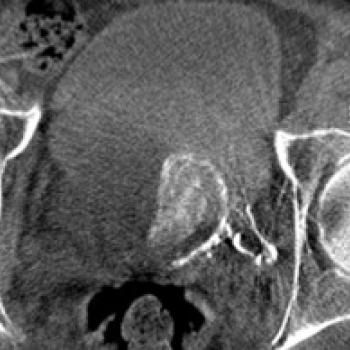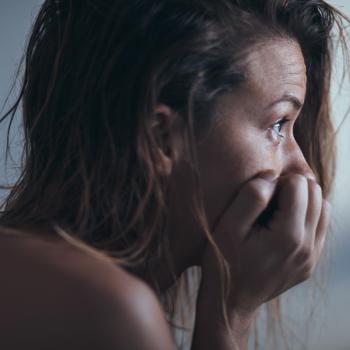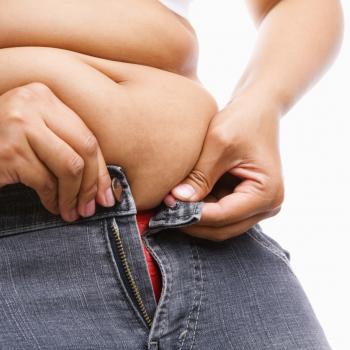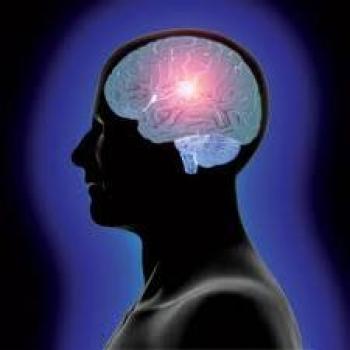This authoritative, yet plain English section has been 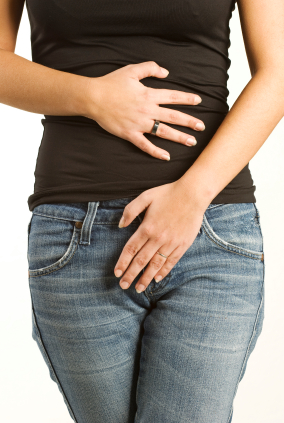 developed by leading urology experts. The articles on totalhealth provide an overview of urinary incontinence with advice and information from different disciplines for both male and female incontinence. They have been prepared specifically with you, the patient, in mind.
developed by leading urology experts. The articles on totalhealth provide an overview of urinary incontinence with advice and information from different disciplines for both male and female incontinence. They have been prepared specifically with you, the patient, in mind.
It is thought that one in three women, and one in twenty men in the UK are suffering from some form of urinary incontinence. While this is a very common problem, many people are reluctant to discuss the matter with their doctor and without treatment, bladder problems can have a major impact on everyday life.
An overactive bladder is not an inevitable part of ageing and there a variety of modern treatments. In these pages our Consultant Urologists present the latest treatment options for overactive bladder including urethral bulking, surgical suspension procedures and the revolutionary and minimally invasive sacral neuromodulation.
Diagnosis of Urinary Incontinence
In order to diagnose stress incontinence or overactive bladder, patients are often asked to complete a bladder diary and give a urine sample although tests such as a cystoscopy may be carried out.
Urinary Incontinence Treatment
Treatment for stress incontinence varies depending on individual circumstances and preferences. There are a number of incontinence products such as pads, but the condition can also be cured using both traditional and modern techniques. Pelvic-floor exercises and lifestyle changes may be a first-line treatment but other options for an overactive bladder include surgery and the fitting of a 'pacemaker for the bladder'.





